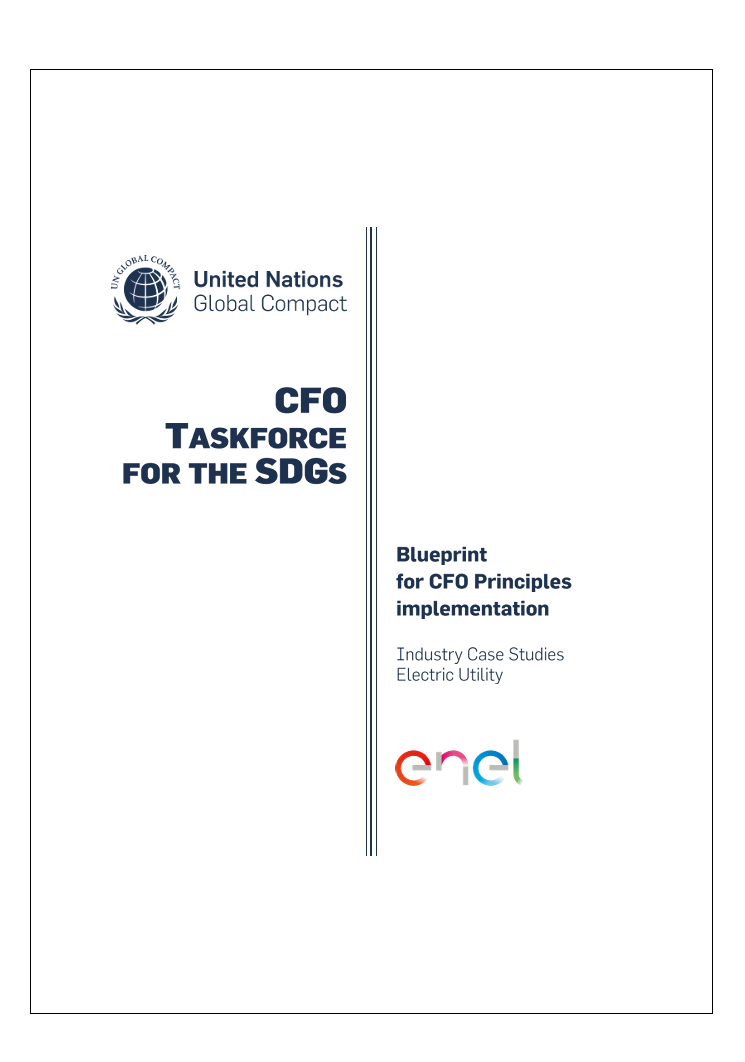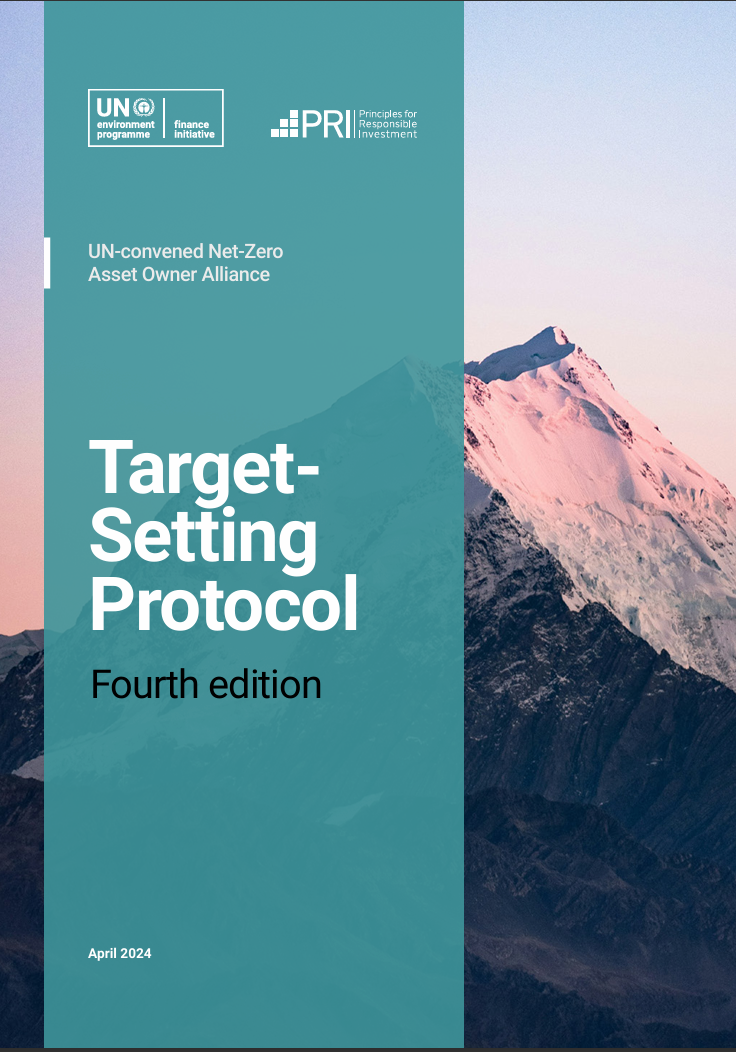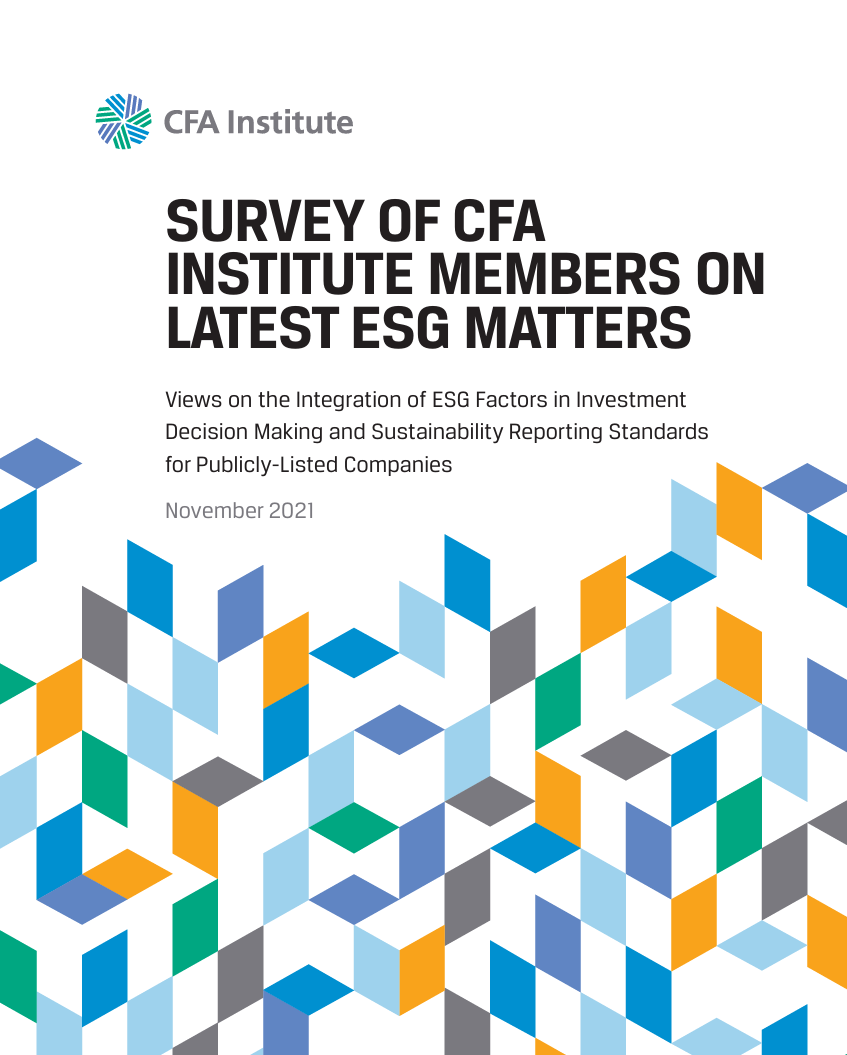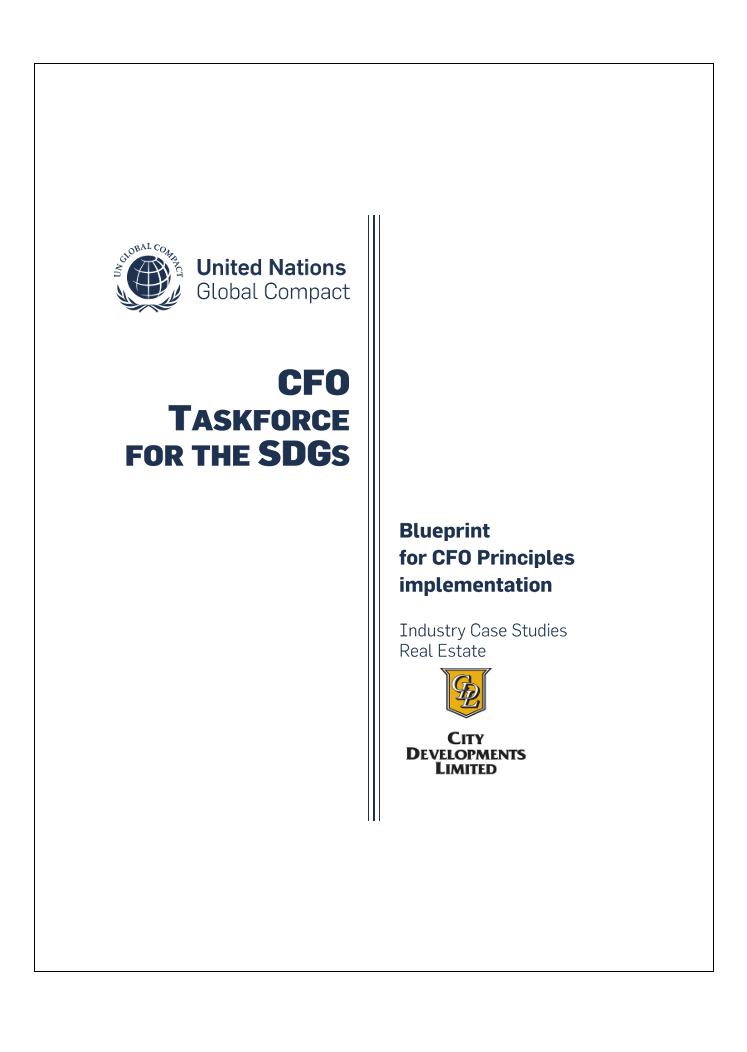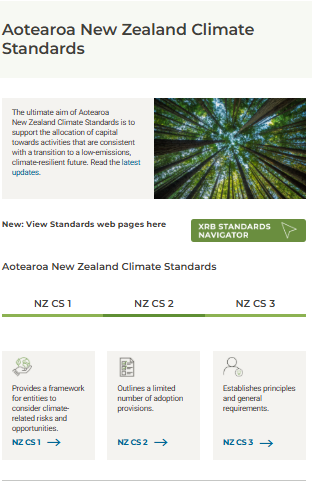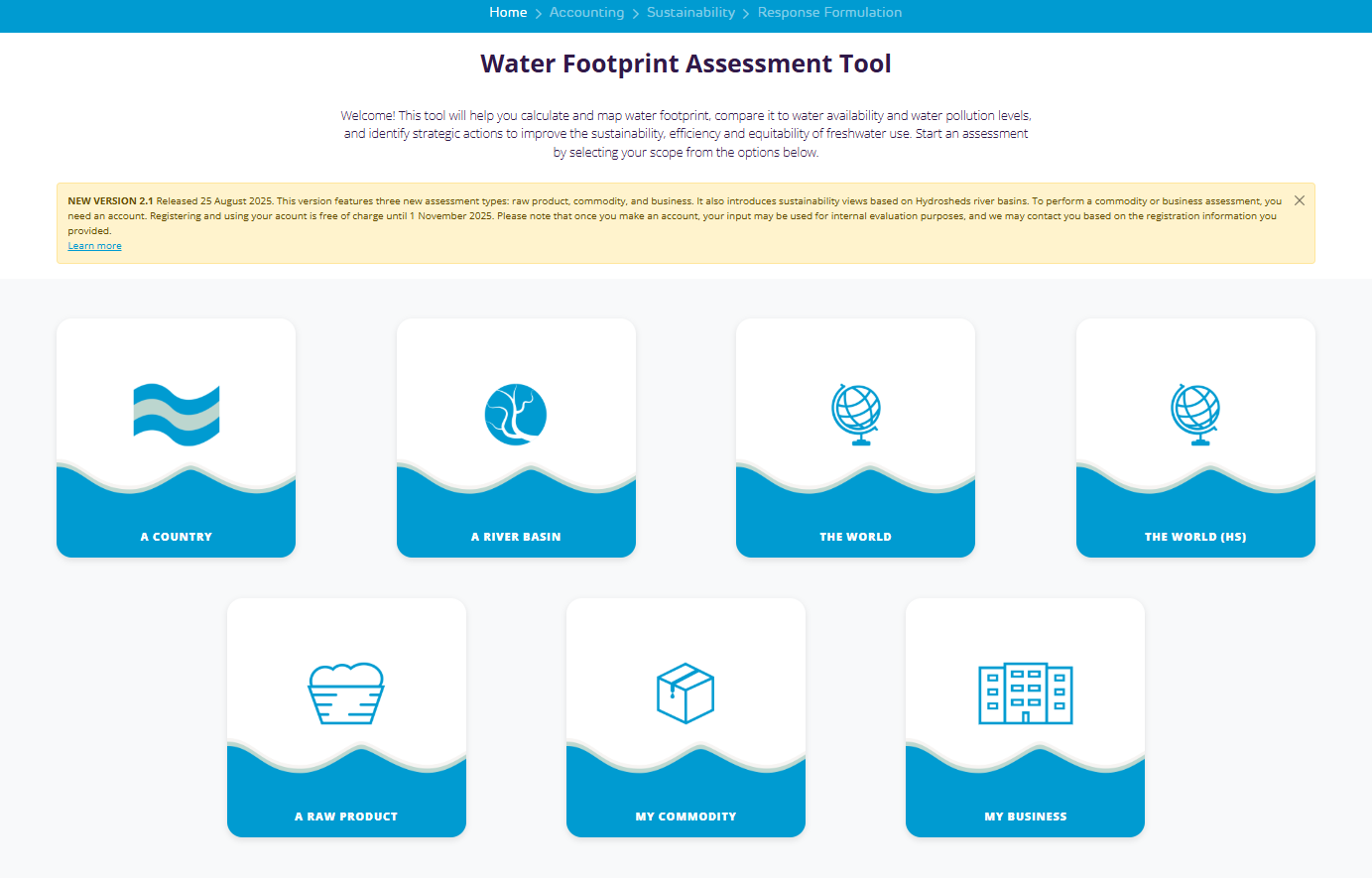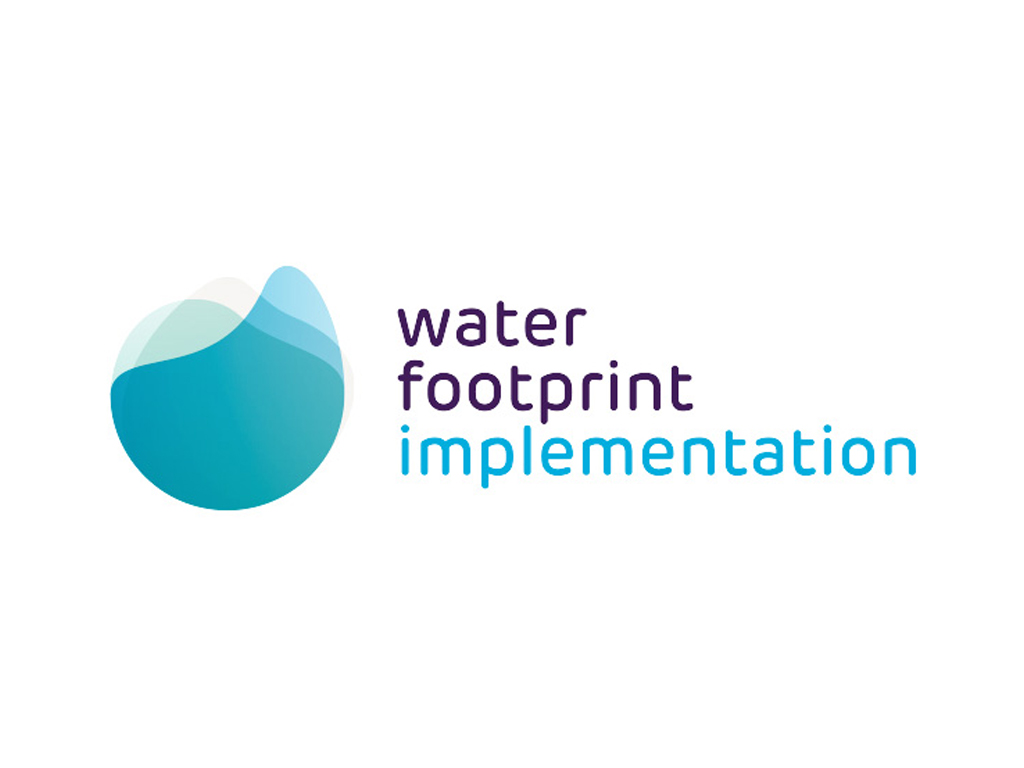Library | Sustainable Finance Practices
Industry standards and guidance
Non-legislative frameworks, voluntary standards, and best practice guidance for financial institutions in achieving sustainability objectives.
Refine
140 results
REFINE
SHOW: 16


Financial Markets Authority (FMA)
Financial Markets Authority (FMA) is New Zealand’s independent regulator overseeing financial markets. It promotes fair, efficient and transparent markets, ensures quality financial advice and protects investors. FMA develops regulation, supervises licenced entities, enforces compliance, supports innovation and aims to enhance trust in NZ’s financial sector.
National Bureau of Economic Research (NBER)
National Bureau of Economic Research (NBER) is a US-based nonpartisan economic research organisation producing working papers, conferences, datasets and publications on macroeconomics, labour markets, health economics and public policy. It supports scholars and policymakers with in-depth empirical research.
Enel: Industry case studies: Electric utility
This report presents Enel’s case study on implementing CFO Principles for the SDGs. It outlines historical drivers, sustainability disruption, strategic responses, and SDG investments, highlighting decarbonisation, electrification, and financial performance assessment. The report details Enel’s renewable energy expansion, SDG alignment, and integration of sustainability outcomes with financial results.
Target-setting protocol fourth edition
The report outlines the fourth edition of the Science Based Targets initiative’s target-setting protocol. It provides updated guidance, criteria, and methodology for companies to set near-term science-based greenhouse gas emission reduction targets, aligning with 1.5°C pathways and incorporating broader coverage across sectors, geographies, and organisational boundaries.
Survey of CFA institute members on latest ESG matters
The CFA Institute survey (Nov 2021) captures member views on ESG integration and sustainability reporting. Respondents support flexibility in ESG integration, oppose government mandates, and favour global product disclosure standards. They also prefer mandatory, globally consistent sustainability reporting with regulatory frameworks in place before adoption.
City development limited: Industry case studies: Real estate
City Developments Limited outlines its sustainability strategy, focusing on climate resilience, stakeholder engagement, and SDG-aligned investments. The report details historical drivers, innovation in green building, ESG integration, and financial performance, highlighting case studies on technology adoption and partnerships to advance low-carbon operations and responsible real estate growth.
DBS Bank
DBS Bank India is a digital-led universal bank offering personal, SME, corporate and wealth management services. Features include resident and non-resident (NRI) savings and fixed deposit accounts, remittance, loans, digital payments and credit/debit card solutions. Positions as Asia’s safest bank with a wide India branch network.
London Stock Exchange Group (LSEG)
LSEG (London Stock Exchange Group) is a global financial markets infrastructure and data provider. It delivers market-data, analytics, news and index products to over 44,000 customers in more than 170 countries. LSEG’s services cover capital markets, post-trade operations, risk management and information services.
Aotearoa New Zealand climate standards series
The Aotearoa New Zealand Climate Standards series is a benchmark series issued by the External Reporting Board. It sets out the framework for climate-related disclosures, including governance, strategy, risk management, metrics and targets, adoption provisions, and general requirements. The series provides entities with a consistent structure to report climate-related risks and opportunities.
External Reporting Board (XRB)
External Reporting Board (XRB) is an independent Crown entity in New Zealand that develops and issues accounting, auditing & assurance, and climate reporting standards. XRB ensures trusted, high-quality, integrated reporting across public, private and not-for-profit sectors to promote transparency, accountability and support informed decision-making.
Water footprint assessment tool
The Water Footprint Assessment Tool is a free online application that enables businesses, governments, investors, NGOs and researchers to calculate and map green, blue and grey water footprints, assess sustainability, efficiency and equitable water use, and identify strategic actions to improve water management.
Water footprint implementation
Water Footprint Implementation supports companies and governments with water accounting, sustainability assessment and water-footprint compensation. A spin-off of Water Footprint Network research, it delivers actionable insights for ESG reporting, water stewardship, water-footprint benchmarking and tailored reduction strategies to enhance resilience, reduce risk and foster sustainable water management.
Joint Research Centre
Joint Research Centre (JRC) is the European Commission’s science and knowledge service. It provides independent research and data to support EU policies on climate change, energy, health, food security, digital innovation and safety. JRC delivers scientific evidence to help policymakers address global challenges with reliable analysis and solutions.
Chatham House
Chatham House, known formally as Royal Institute of International Affairs, is an independent policy institute in London. It delivers rigorous research, analysis and dialogue on global issues—such as international relations, climate change, security and economics. Its mission: help governments and societies build a sustainably secure, prosperous and just world.
Greenhouse Gas Protocol
GHG Protocol (Greenhouse Gas Protocol) sets globally recognised greenhouse-gas accounting standards and guidance. Developed by World Resources Institute and World Business Council for Sustainable Development, it enables businesses, governments and cities to measure, report and manage emissions—covering operations, value chains and mitigation actions across Scopes 1, 2 and 3.
Guidance for leveraging the Singapore-Asia taxonomy in green and transition financing
This report provides practical guidance for applying the Singapore-Asia Taxonomy (SAT) in green and transition financing. It addresses data gaps, evolving criteria, transition plans, and scenarios where full alignment with SAT is not possible, promoting credible financing practices across Southeast Asia’s key sectors.

